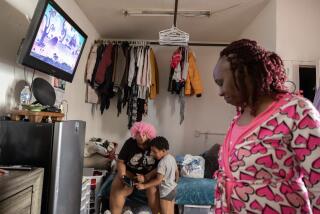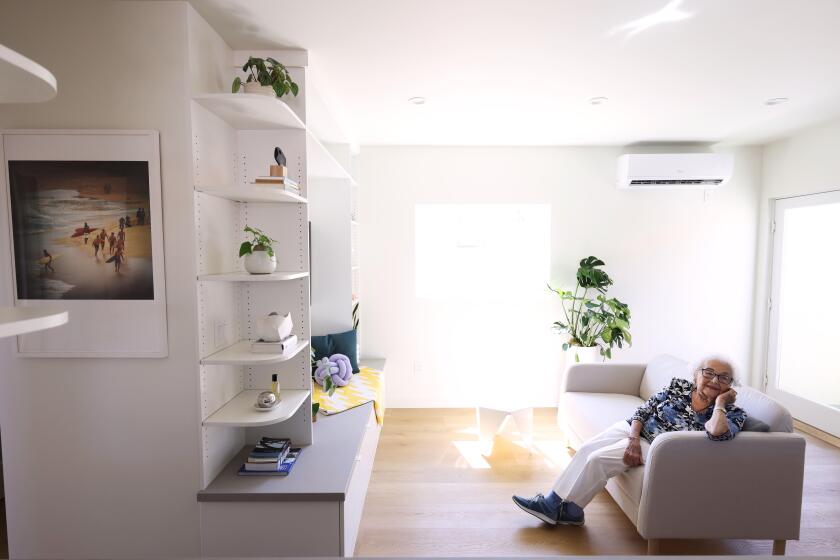Cedars-Sinai a Complex of Bad Buildings, Purposeful Blandness
Cedars-Sinai Medical Center does not look like a hospital. It does not have uplifting, do-gooder Gothic arches or optimistic modernist lines or any of the sanitary red brick with white trim we often associate with the places where you are confronted with your own mortality.
Instead, it looks like a cross between a fancy office building and a businessman’s hotel. Although such purposeful blandness might take people’s minds off what goes on inside, it also leaves us with a hulking monolith that has no part in the city and no apparent function.
Cedars-Sinai is a large complex of bad buildings that takes up about eight blocks of prime real estate just west of the Beverly Center. The worst of them is also the largest. It is a U-shaped structure made up of the Max Factor Family Tower, which spans Alden Drive, the Viola and Alfred Hart Tower to the south, and the identical Frances and Steve Broidy Tower to the north.
These three wings contain a standard hospital program, with floor after floor of little cubicles arranged around nurses’ stations, and emergency care and cafeteria spaces that vie for space with each other in a labyrinthine base. The north and south wings contain 1,200 hospital beds, and the Max Factor Tower is filled with laboratories, offices and other facilities where the business of medicine is conducted.
Unfortunately, the only clue that you get of all this activity is the fact that the side wings are held together with bronze-colored clamps behind which dark glass and steel grids recede at angles. I think these elements are supposed to look like bay windows, as if you could find open and sunny rooms behind these mysterious geometries.
The hospital’s eight floors are separated from each other by almost a full floor of mechanical equipment, so that the spaces inside are flexible and the building earthquake-resistant, but again you would have no idea of that by looking at the hospital.
The architects of this building, A. C. Martin & Associates, in fact seem to have used a minimum of imagination when they designed this structure in 1974. The rest of the facades are variations on grids and planes of bronze. When one material was used and not another seems to have nothing to do with what goes on inside, what direction the sun is coming from or what is around the building.
For all of its sleek design and expensive materials, this is a depressing building to enter. First, you must wind your way past the bunker-like base of the three wings, which are completely taken up by parking. You will find no human-scaled elements here, and the only modulation in this concrete grid is formed by the parking entrances.
Then you must find the entry to the building, which is a dark slot tucked next to the parking garage. Only then are you allowed into the Holiday Inn-like lobbies, from whence you rise up into the patient wings. There, the continual proliferation of medical technology does battle with the bland walls and pasty materials.
Cedars-Sinai, however, is Beverly Hills’ favorite hospital, the place that reportedly has a whole floor reserved for the machers in “the industry,” and a hospital with enough money to give itself a fancy skin. I find it therefore all the more reprehensible that they should have housed themselves in this anti-urban bunker of bad form.
More to Read
Sign up for Essential California
The most important California stories and recommendations in your inbox every morning.
You may occasionally receive promotional content from the Los Angeles Times.










